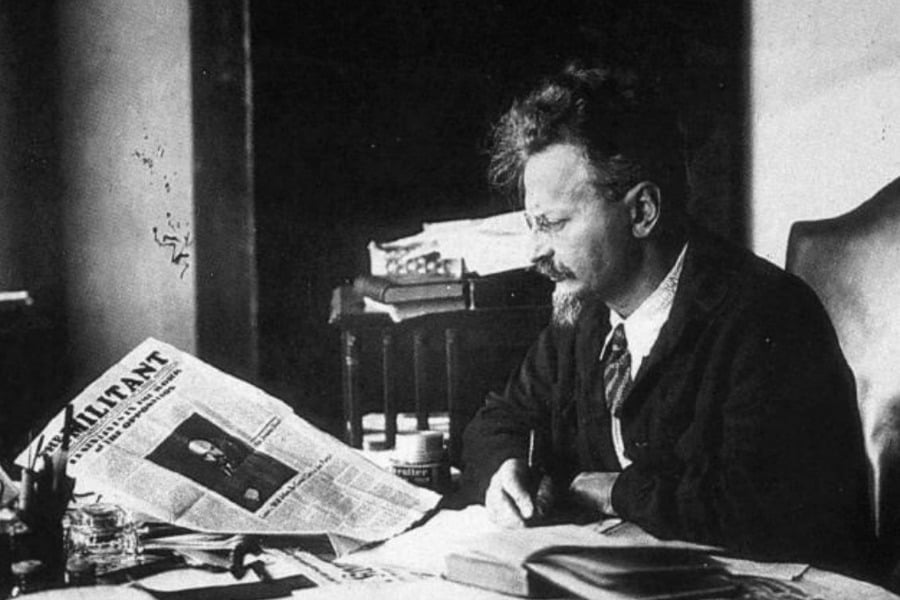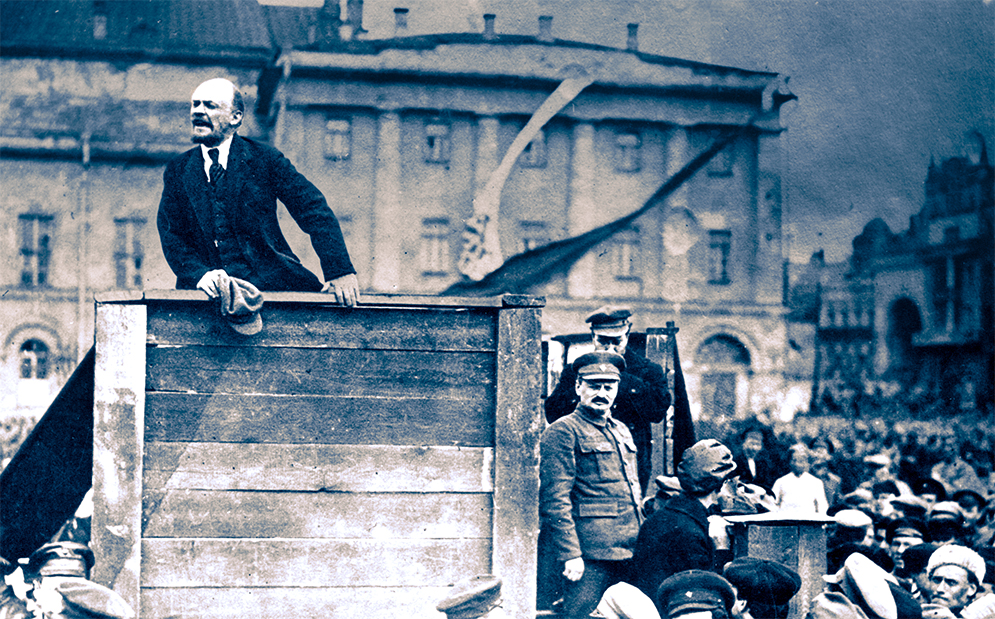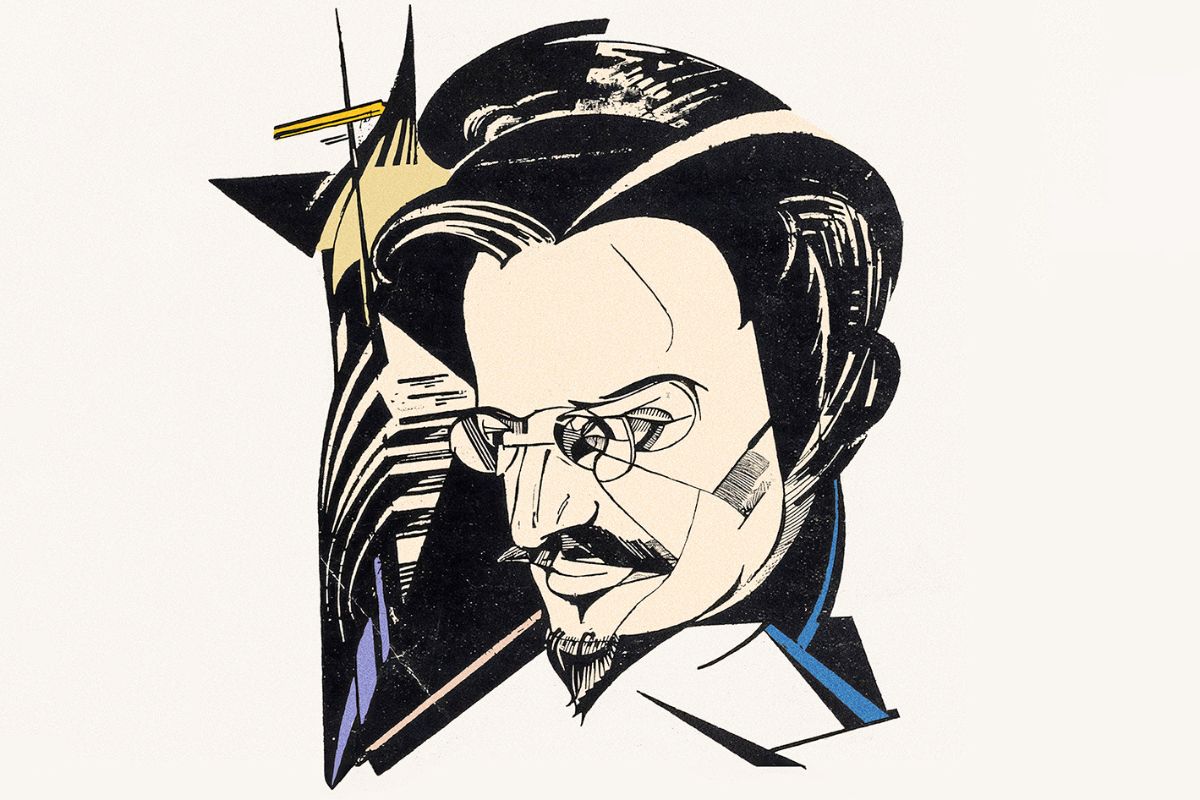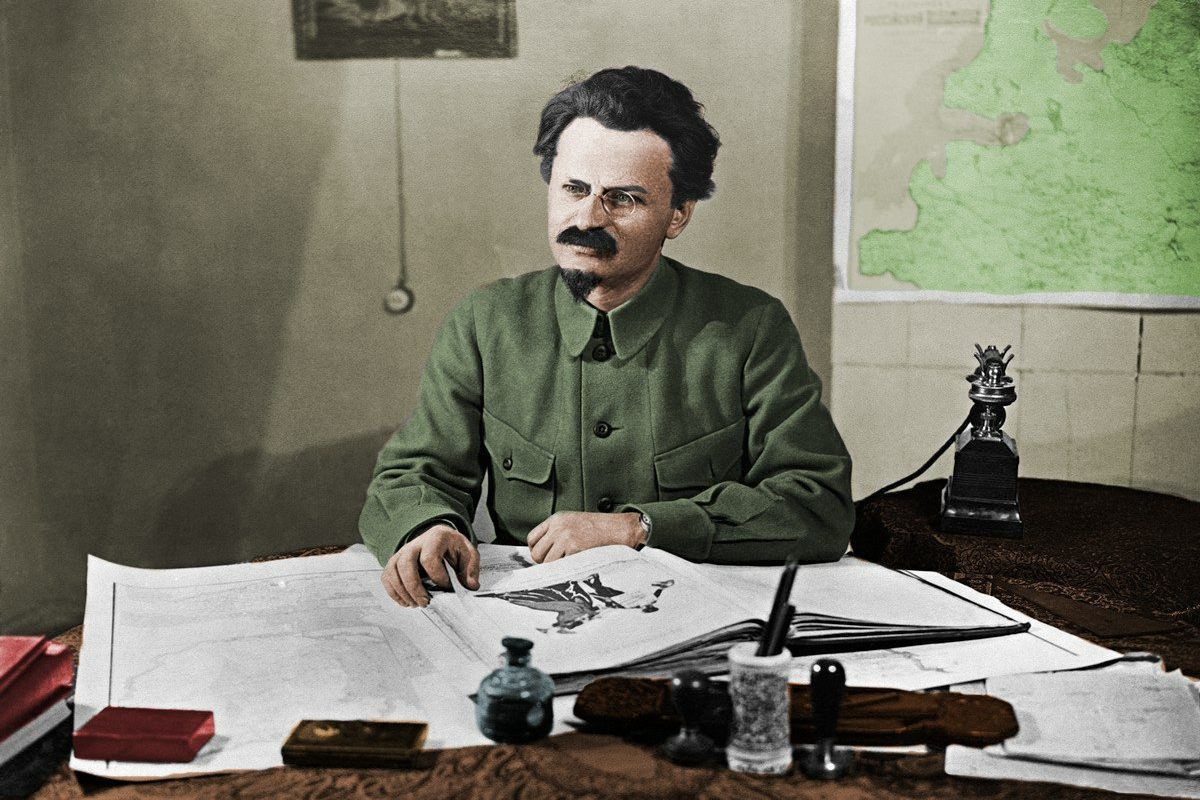The capitalist press has been busy stirring up a hullaballoo about Trotskyist infiltration into the Labour Party. Tom Watson, Labour’s Deputy Leader, has raised his concerns about Trotskyist “entryists”, and even produced a dodgy dossier. But who was Trotsky? And what is Trotskyism?
The capitalist press has been busy stirring up a hullaballoo about Trotskyist infiltration into the Labour Party. Tom Watson, Labour’s Deputy Leader, has also raised his concerns about Trotskyist “entryists”, and even produced a dodgy dossier. Many, however, will see this for what it is: an orchestrated campaign to frighten Labour members. They hope that by linking Jeremy Corbyn and the new Labour members to left-wing “extremists”, this will in some way produce a wave of support for Owen Smith, the “acceptable” alternative to the present leader. But it will not work.
The majority of Labour’s members are more concerned about right-wing entryism: the Tories that have taken over the Parliamentary Labour Party and who masquerade as Labour MPs.
[Click here for an audio talk by Alan Woods about the life and ideas of Leon Trotsky, or read this article by Alan Woods: “In Memory of Leon Trotsky”.]
Who was Leon Trotsky?
In any case, why attack the revolutionary honour of Leon Trotsky?
Trotsky was a lifelong revolutionary and Marxist. Along with Lenin, he led the first victorious socialist revolution in Russia in 1917. This revolution, the centenary of which we will celebrate next year, was a bright beacon for workers the world over who had been caught up in the blood and carnage of the First World War. For the first time in history the working class, supported by the poor peasants, took and held political power. The revolution swept away the old ruling classes, the landlords, and capitalists and ushered in a workers’ democracy.
At its birth, the Russian Revolution was attacked by 21 imperialist armies sent to overthrow the young workers’ state. Workers everywhere rallied to the Bolshevik cause, including dockworkers in East London who went on strike to stop munitions being loaded to fight the Soviet state. The Labour Party and the TUC threatened the government with a general strike if they continued to support intervention.
Under the direct impact of the Russian Revolution, the Labour Party officially adopted socialism. At the Labour Party Conference in 1918, they adopted a new Constitution with a Clause 4, which called for “the common ownership of the means of production, distribution and exchange”.
Litvinov, on behalf of the new Bolshevik government, addressed the January 1918 Labour Conference in Nottingham. His speech was wildly applauded and he received a standing ovation. The speech was carried in full in the Labour Leader on 10th January, which reported great enthusiasm for the Russian Revolution. The paper noted that, “This speech was received by our own Bolsheviks, who were present in considerable numbers in the gallery, with vociferous applause.” At the conference, there were cries of “Hurrah for Trotsky!”
“At the Labour Party Conference in January 1918 there was spontaneous singing of the ‘Red Flag’, cheers at the mention of Trotsky’s name and an ovation for Livinov”, confirms the author Martin Crick.
However, when Kerensky was invited to speak at the summer 1918 Labour Conference in London, he was met with protests. There were loud cries of “To Hell with Kerensky! To Hell with Kerensky!” from Walton Newbold. Others shouted, “Where are Lenin and Trotsky?” Henderson, as Kerensky’s sponsor was given a rough ride, with Sylvia Pankurst and Dora Montefiore demanding that Litvinov also be allowed to speak.
This is not surprising given the Marxists roots of the Labour Party. It was the Social Democratic Federation, the first Marxist organisation in Britain, along with the socialist societies, which helped set up the Labour Party in 1900. Even after the formation of the Communist Party in 1920, Communists could be members of the Party until they were witch-hunted out by the right wing in 1924/25, and who blocked their affiliation.
What is Trotskyism?
 Not only did Trotsky lead the Russian Revolution with Lenin, he built the Red Army from scratch which eventually defeated the armies of counter-revolution.
Not only did Trotsky lead the Russian Revolution with Lenin, he built the Red Army from scratch which eventually defeated the armies of counter-revolution.
Unfortunately, with the isolation of the Russian Revolution in a backward country (due to the betrayals by leaders of the revolutions in Germany and elsewhere), surrounded by hostile powers, it suffered a bureaucratic degeneration. Trotsky formed a bloc with Lenin against the rise of the bureaucracy. At the head of this bureaucracy was Stalin. With Lenin soon paralysed by a stroke, Trotsky formed the Left Opposition to fight for the restoration of workers’ democracy. Following Lenin’s death and the defeat of the German revolution, this terrible blow helped Stalin to consolidate his grip on power. Soon after, Trotsky was removed from his positions, and the Opposition banned. He was then expelled and exiled from the Soviet Union.
From exile, Trotsky single-handedly waged a struggle against Stalinism. He was a political giant with colossal authority and prestige. Respect for Trotsky as a revolutionary leader spanned the Labour movement. Many left-wing Labour Party figures visited Trotsky in exile to ask his opinions. Even Cynthia Mosley was one of them. She admired him greatly, though her esteem was not reciprocated. Sidney and Beatrice Webb called on him in May 1929, as part of their “revolutionary” tourism.
In the early 1930s, Trotsky was in regular touch with the leaders of the British Independent Labour Party. In fact, the ILP published Trotsky’s In Defence of the Russian Revolution, with an introduction by James Maxton, MP.
While others were captivated by Stalin and Stalinism in the 1930s, like the Webbs, Trotsky never wavered an inch. Stalinism, he said, constituted a political counter-revolution in the Soviet Union which had established a bureaucratic dictatorship over the workers. During the frame-up Moscow Trials, where Trotsky was the main defendant, Stalin accused the whole leadership of 1917 of plotting to restore capitalism and assassinate him. They were stooges of fascism, he said. He used the GPU to extract false confessions from his victims, who were framed and executed. The Purges were a one-sided civil war against the leaders of Bolshevism. Stalinism did not grow out of Bolshevism, but out of political bureaucratic counter-revolution. According to Trotsky, a river of blood separated Bolshevism from Stalinism.
While many wrung their hands or turned a blind eye, thousands of real Trotskyists went to their death.
“But who did protest…The Trotskyites can lay claim to this honour. Following the example of their leader, who was rewarded for his obstinacy with the end of an ice-axe, they fought Stalinism to the death, and they were the only ones who did. By the time of the great purges, they could only shout their rebellion in the freezing wastelands where they had been dragged in order to be exterminated. In the camps, their conduct was admirable. But their voices were lost in the tundra.
“Today, the Trotskyites have a right to accuse those who once howled along with the wolves. Let them not forget, however, that they had the enormous advantage over us of having a coherent political system capable of replacing Stalinism. They had something to cling to in the midst of their profound distress at seeing the revolution betrayed.”
—Leopold Trepper, The Great Game, 1977,
Trotsky fought Stalinism to the death. His family, friends and secretaries were murdered by Stalin. Despite this, he continued to denounce Stalinism and fight for workers’ democracy and world socialism. Eventually, he was murdered by a Stalinist agent in August 1940.
We say to Tom Watson MP, however: you can kill a man, but you cannot kill an idea whose time has come. Despite your red-baiting, Trotsky’s ideas have never been more relevant than they are today.






